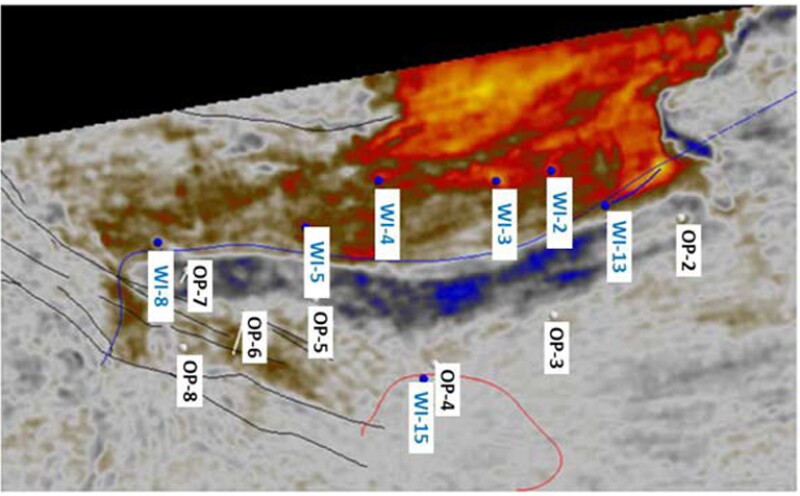The objective of the complete paper is to share an evaluation of the background, drilling outcomes, and production and reservoir-pressure effects during 2 years of monitoring the first commingled updip smart water injector drilled in the Piltun area of the Piltun-Astokhskoye offshore oil and gas field in Sakhalin. The authors highlight details of the well-maturation decisions and expectations based on output of dynamic modeling studies.
Setting
The Piltun area consists of six main reservoir units (XXI-S, XXI-3, XXII-1, XXII-2, XXIII, and XXIV-2) being developed over two fault blocks (Block 1 and Block 2). All reservoirs have aquifers and gas caps, although the volumes, reservoir properties, and productivity of these reservoirs varies considerably, with the XXI-S and XXIV-2 reservoirs having the best rock properties and the highest recovery factors.
Updip Water-Injection History
In the original field development plan (FDP) created in 2008 and the reservoir management plan created in 2006, the Piltun area was to be developed by rows of commingled vertical downdip and updip water injectors (UDWIs), displacing oil to mid-rim vertical oil producers. However, the original UDWI concept was challenged early in development when the following geological surprises were encountered during drilling of the initial development wells:
- The structure was significantly higher than expected at the crest of the field.
- Thin, high-permeability (superfacies) layers were encountered in the producers and updip pilot holes.
- The injectivity of the downdip injectors was much lower than expected and required an upgrade to the water-injection pumps.
The FDP was reassessed in 2011. The design of the UDWIs was changed to long horizontal wells located at the gas/oil contact in the XXI-S, XXII-1, and XXIV-2 reservoirs only.
The 2011 FDP assumed that early water breakthrough could be managed by smart-well technology in the oil producers. However, these producers experienced technical failures, and the plan to install smart completions in all mid-rim producers subsequently was aborted.
In a 2015 FDP update, the design of the UDWIs was changed to vertical commingled wells equipped with a smart completion type, targeting only those reservoirs where clear incremental recovery and economic benefit was observed.
UDWI Well Maturation
The 2015 FDP studies indicated that the XXI-S and XXIV-2 reservoirs could benefit from approximately 10,000 B/D water injection per reservoir into the central to southern area of the gas caps.


